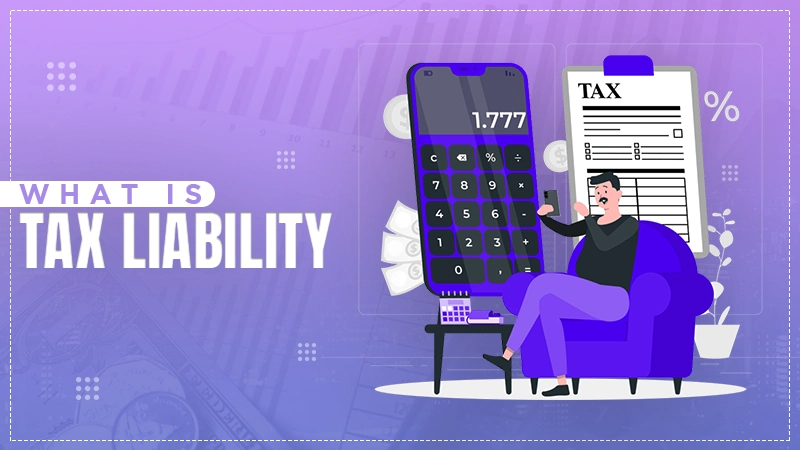Yes, the payroll ID and payroll number are the same. Due to being used interchangeably, people confuse one with another while thinking both are different.
Payroll management is a pivotal element of business processing that ensures employees are getting paid in accurate amounts in a timely manner so that no employee’s payment turns into wages payable.
This system is highly based on the payroll number system, a unique identifier that simplifies the processing of salaries, tax reports, and keeping records. Despite its importance, people often raise questions like “What is a payroll number?” or “Where to find a payroll number?”
Thus, we have come up with this write-up to help you understand payroll numbers and highlight common queries of employees regarding the operations of payroll services.
What is a Payroll Number?
Payroll numbers, also known as payroll IDs or Unique Reference Numbers (URN), are unique identifier numbers consisting of a combination of numbers and alphabets that a business uses to identify employees. These are also used as a tax reference number.
A person’s number can be linked to important personal information to ensure secure and efficient tracking, which is particularly useful for large corporations. It is crucial for differentiating among employees and is frequently seen on pay stubs and payroll reports, particularly at larger organizations with a large workforce.
Although it is not legally necessary, many businesses provide their employees with payroll numbers to protect their private information and reduce the likelihood of mistakes during the pay-rolling process.
How to Find Payroll Number?
Due to numerous comments like “Where do I find my payroll number?” on the HMRC’s official website, we have brought you the different ways to get your payroll number:
- Payslip: Most of the time, the payroll number can be found on the payslip received at the end of the month. Look at the top of the payslip near your name or employee details.
- HR System: Nowadays, many companies have adopted a digital HR system. Just log into your company HR portal and head to the section like “Payroll Details” or “Employee Info” to find your payroll number.
- Offer Letter Provided by the Employer: Some employee’s payroll numbers are listed on the offer letter provided by the employer.
- HR Department: If you are not able to locate your payroll number through the aforementioned methods, directly reaching out to HR is an optimal choice. The HR representative can easily provide you with your payroll number within minutes.
- Email Tax Filings: Apart from all these methods, you can also find your payroll number on the tax filing letters received from the official administration pages.
Why Payroll Number is Important?
Apart from just a unique identifier for employees, the payroll number is important for the operations of a company. The following are some reasons why companies give importance to payroll numbers:
- Accurate Tracking of Records: Payroll data are critical to keeping correct financial records. They help with tracking an employee’s work hours, calculating wages, deducting applicable taxes, and maintaining financial information.
- Better Efficiency in the Payroll Process: The use of payroll numbers encourages the payroll process. Employers can quickly filter, manage, and cross-reference employee records. This is particularly relevant in large organizations where manual processing of employee data is difficult.
- Security Measures: Giving each employee a unique payroll number helps protect sensitive financial data. These identifiers reduce the risk of fraud and identity theft during the payroll process by acting as a safeguard.
- Data Protection Compliance: Businesses are required to comply with several data protection rules. Payroll numbers provide an organized way to collect and report employee payment information without disclosing personal information, which aids in compliance with these regulatory requirements.
PAYE Reference VS Payroll Number: How They are Different
HMRC assigns a PAYE reference number to a business. It is used to collect taxes and insurance contributions to ensure that a business is paying the correct amounts to the HMRC.
The first component of a PAYE (pay as you earn) reference number is a three-digit HMRC office number, a special number linked to your company. It might look like this: 158/AB15245.
This amount shows employees on their paystub how much tax they have paid while working for your company. A business will use the PAYE reference to complete its yearly PAYE returns.
In contrast to this, the payroll number consists of numeric and alphanumeric codes that differentiate the employer. For example, 00123 or HR2023A45. These codes include department codes and year indicators.
| Basis | Payroll Number | PAYE Reference |
| Assigned Authorities | Employer | HMRC |
| Assigned to | Employee | Employer |
| Process | Payroll processing and employee identification | Tax submission and employer identification |
Common Payroll Issues to Avoid
While processing the payroll number, employees make several mistakes that slow down or delay the payroll process. Therefore, we have mentioned all the possible mistakes that employees make to avoid any hindrances in processing.
- Incorrect Numbers: Sometimes the employees are confused between payroll numbers and other employee identifiers. This confusion creates delays in the processing of payments and tax filings.
- Outdated Payroll Numbers: A payroll number is something that changes with the change in employment. So if you have joined as a new role and position under a new employer, you will be assigned a new payroll number. Make sure to use the latest payroll number to avoid any potential delays.
- Confusion with PAYE Reference: People also confuse payroll numbers with PAYE reference numbers, which leads to incorrect documentation and submission.
- Security Breaches: Sharing your payroll number with others can affect an employee with identity theft and fraud. Hence, avoid sharing them with anyone and handle them securely.
Conclusion
The “Where to find payroll number” search can be confusing, but not impossible. You can locate your payroll number on the payslip, HR system, offer letter provided by the employer, email tax filings, and from the HR department.
Make sure to carefully read the common payroll issues so that you don’t make the same mistakes as others.




